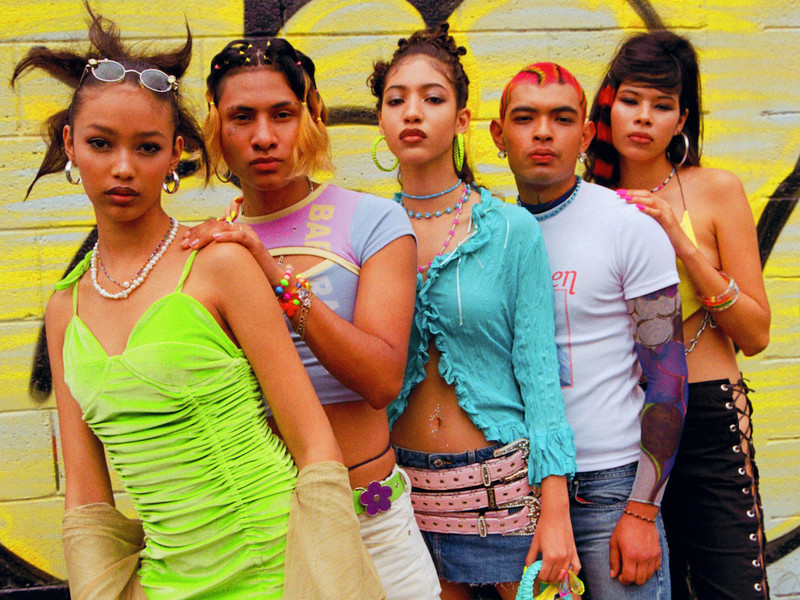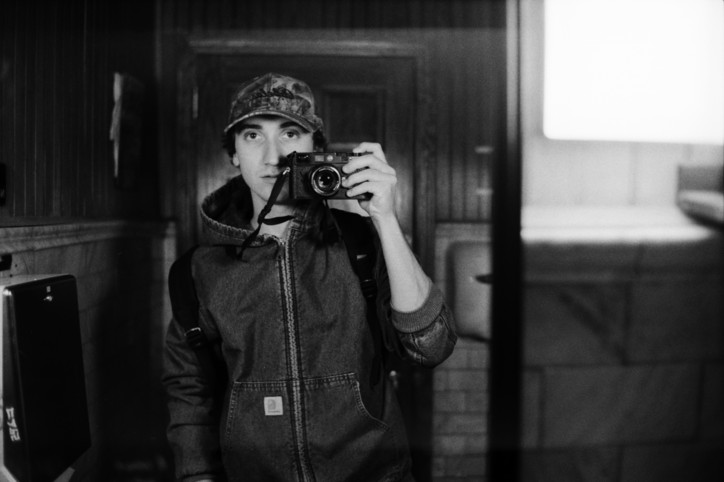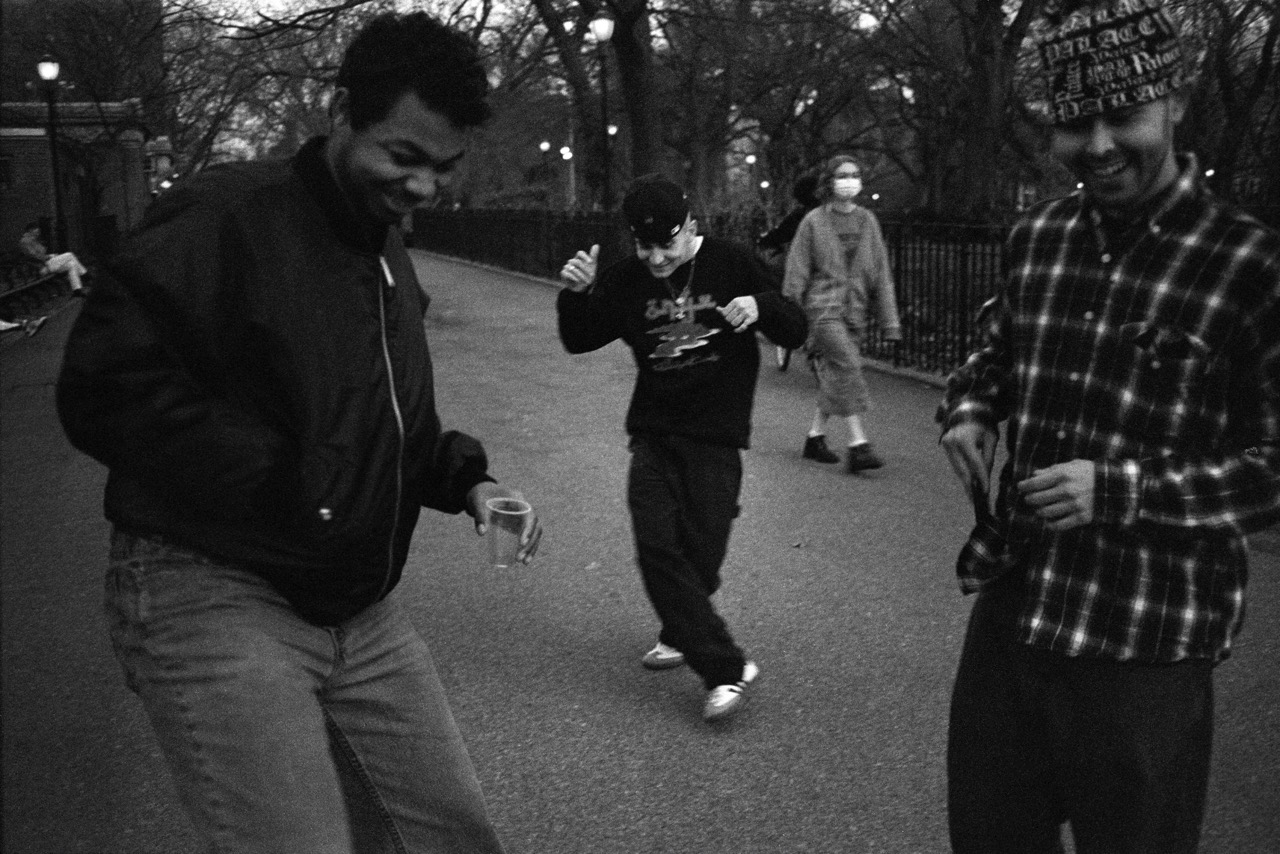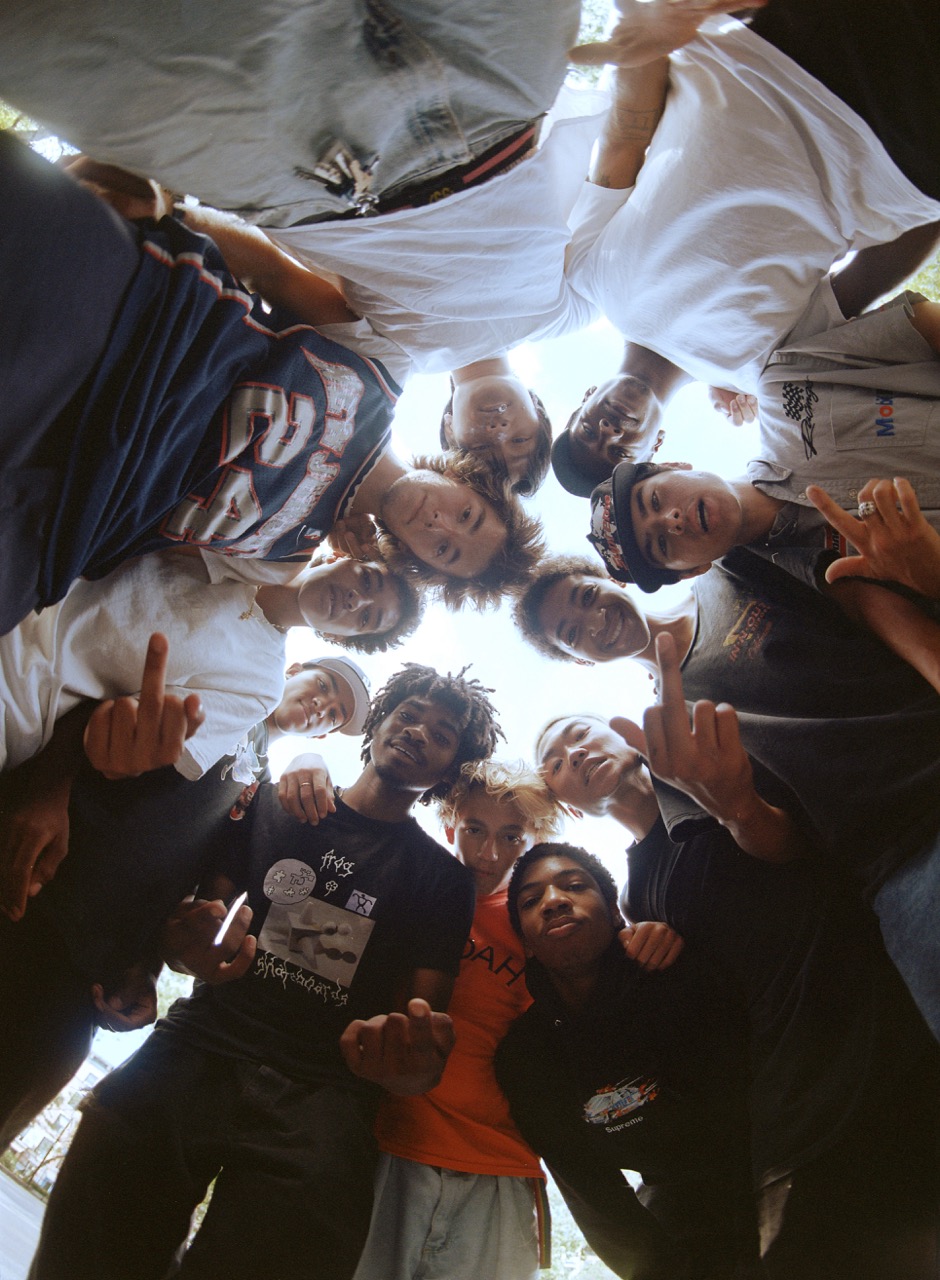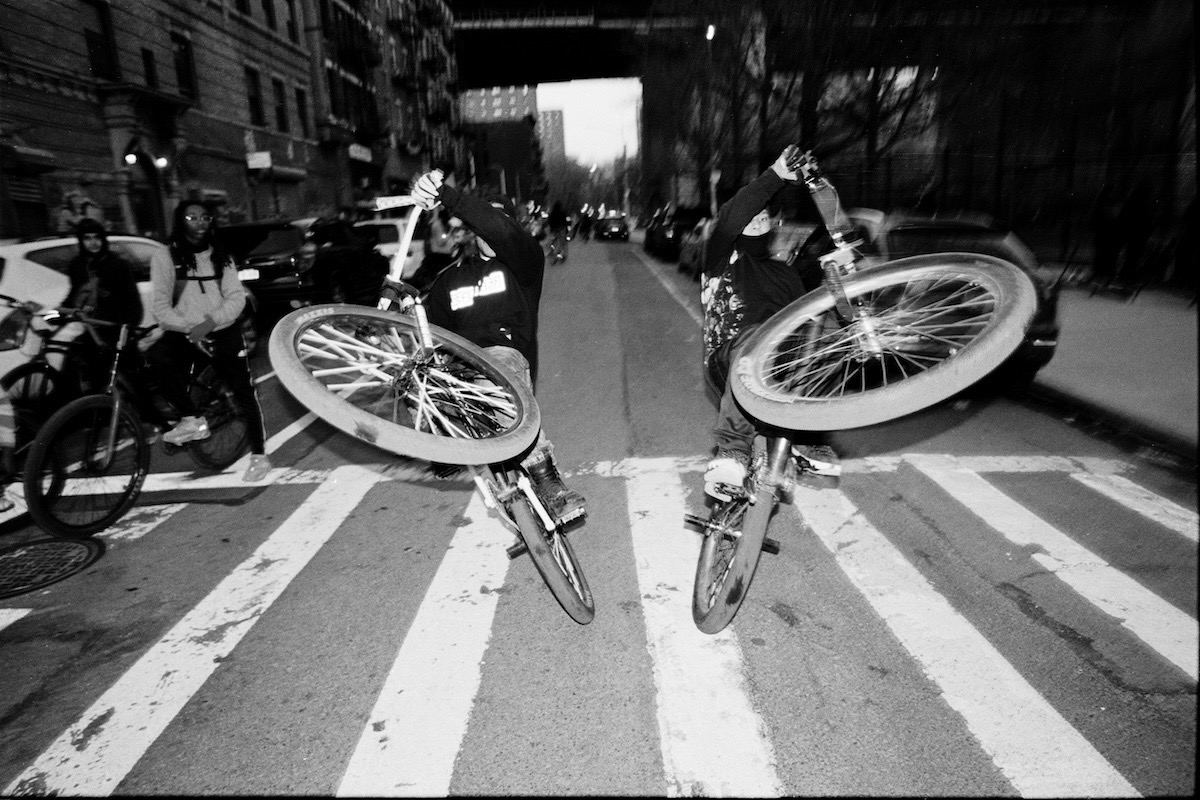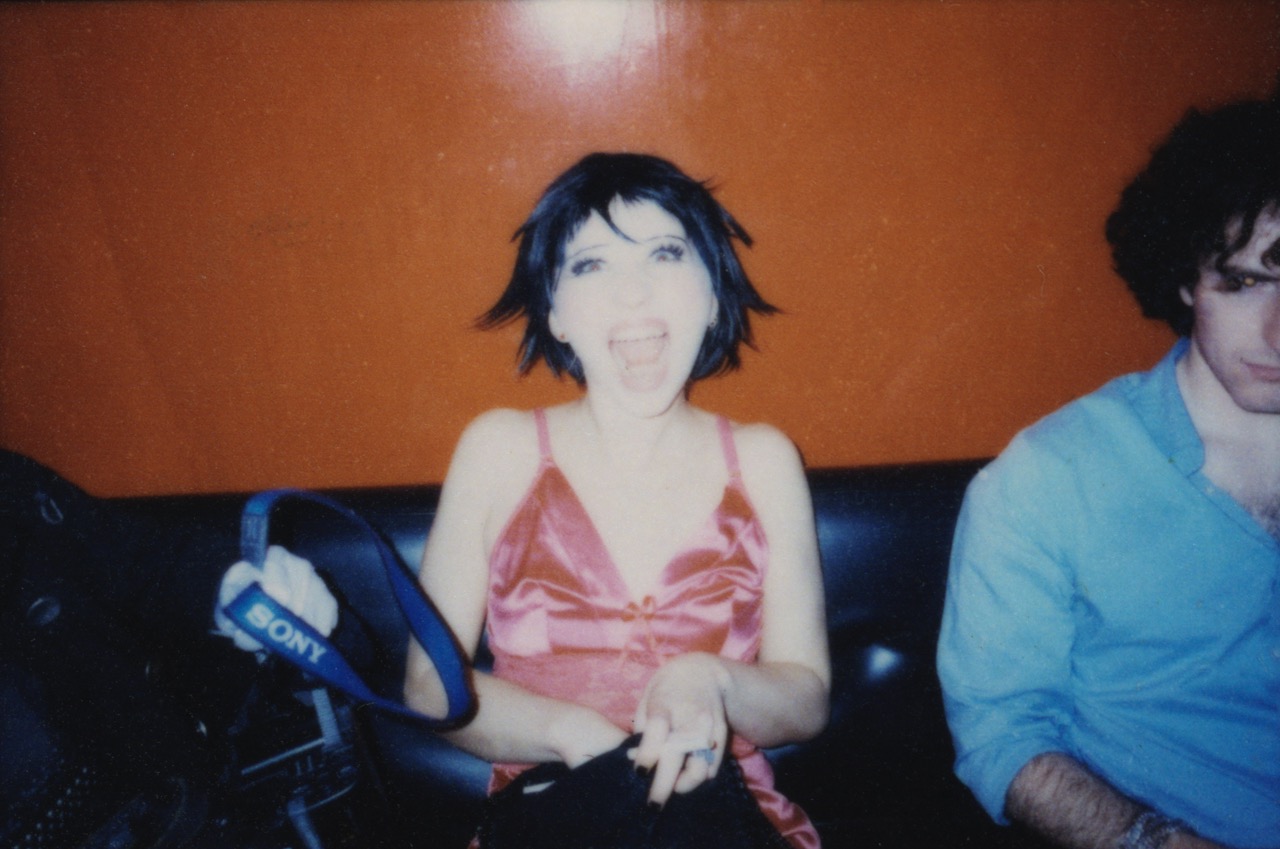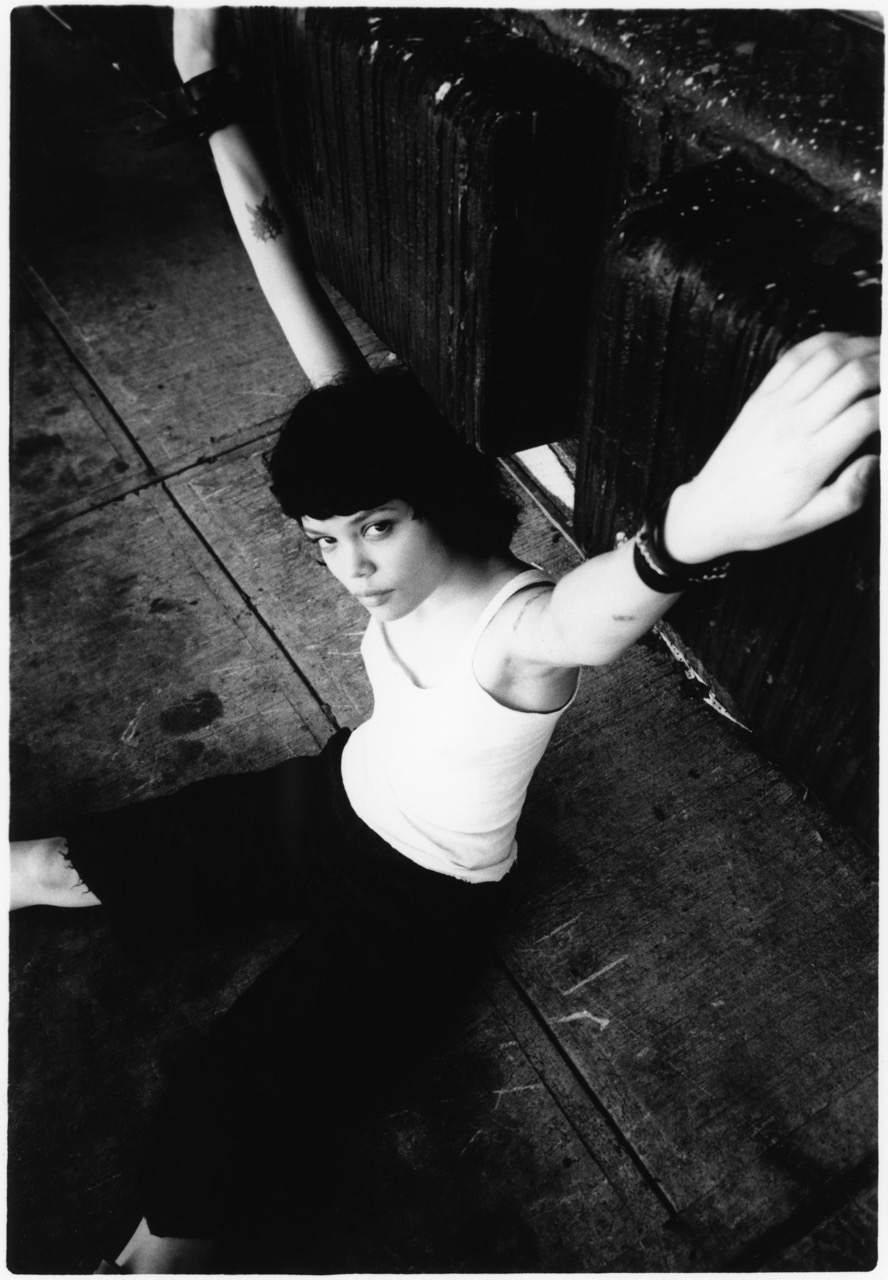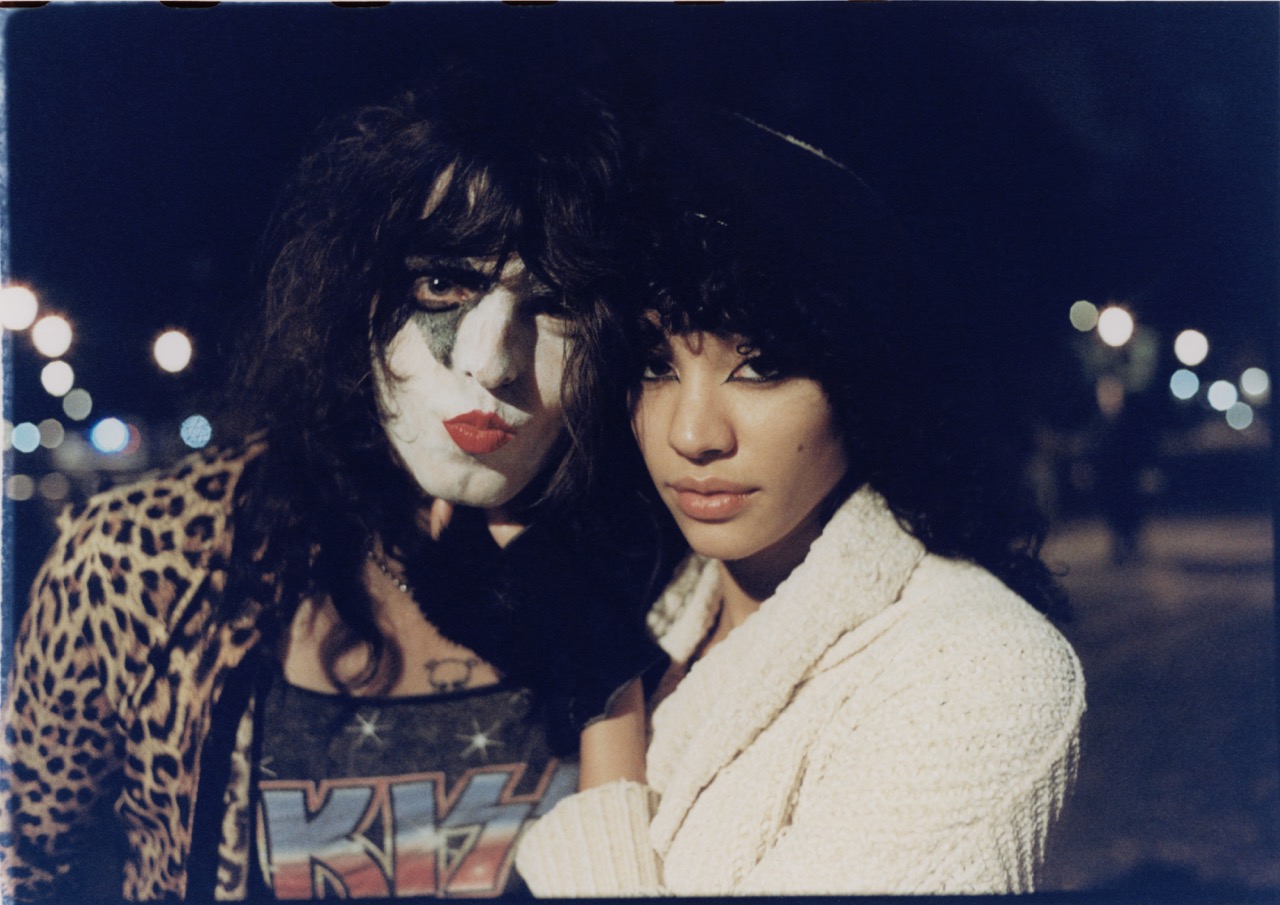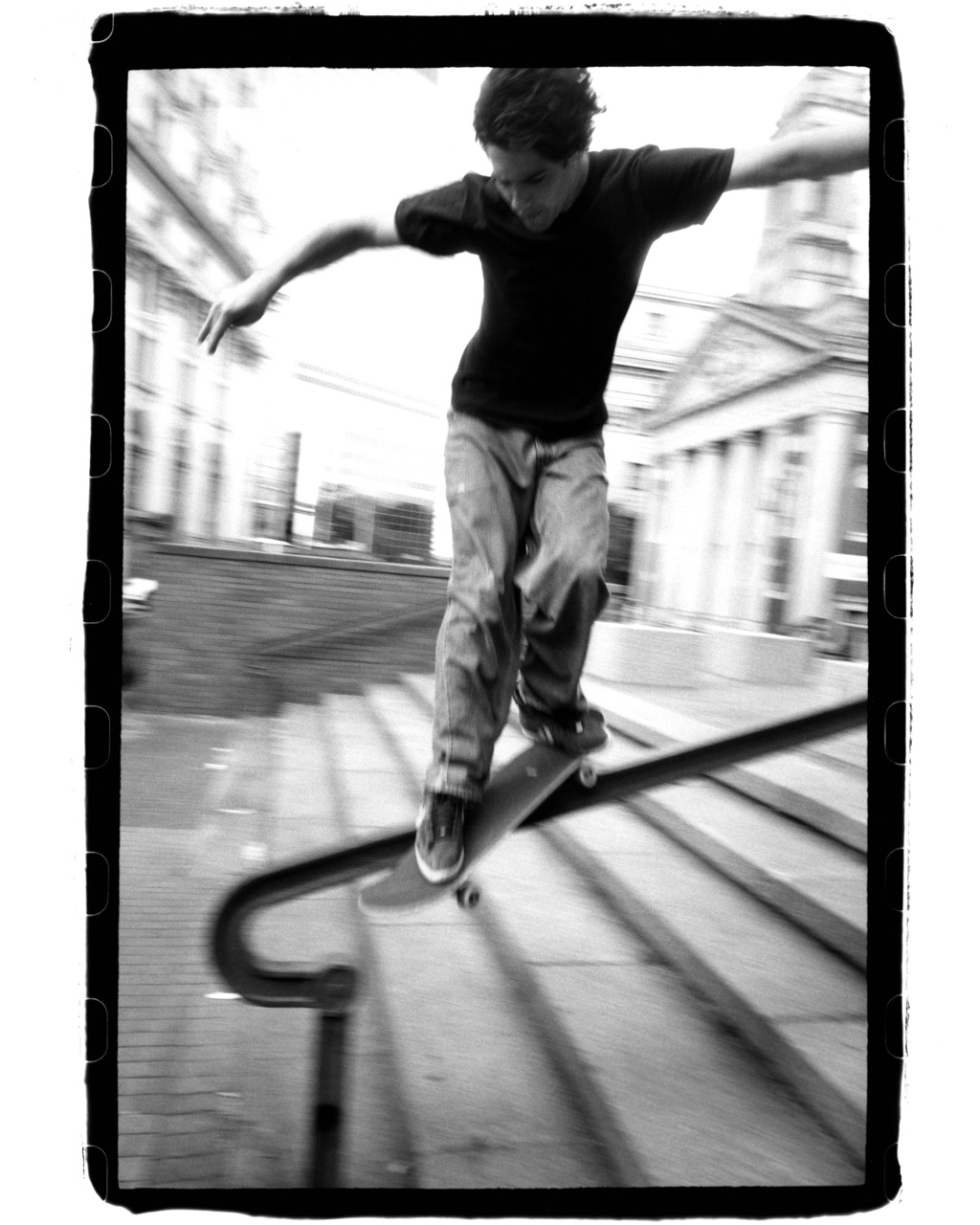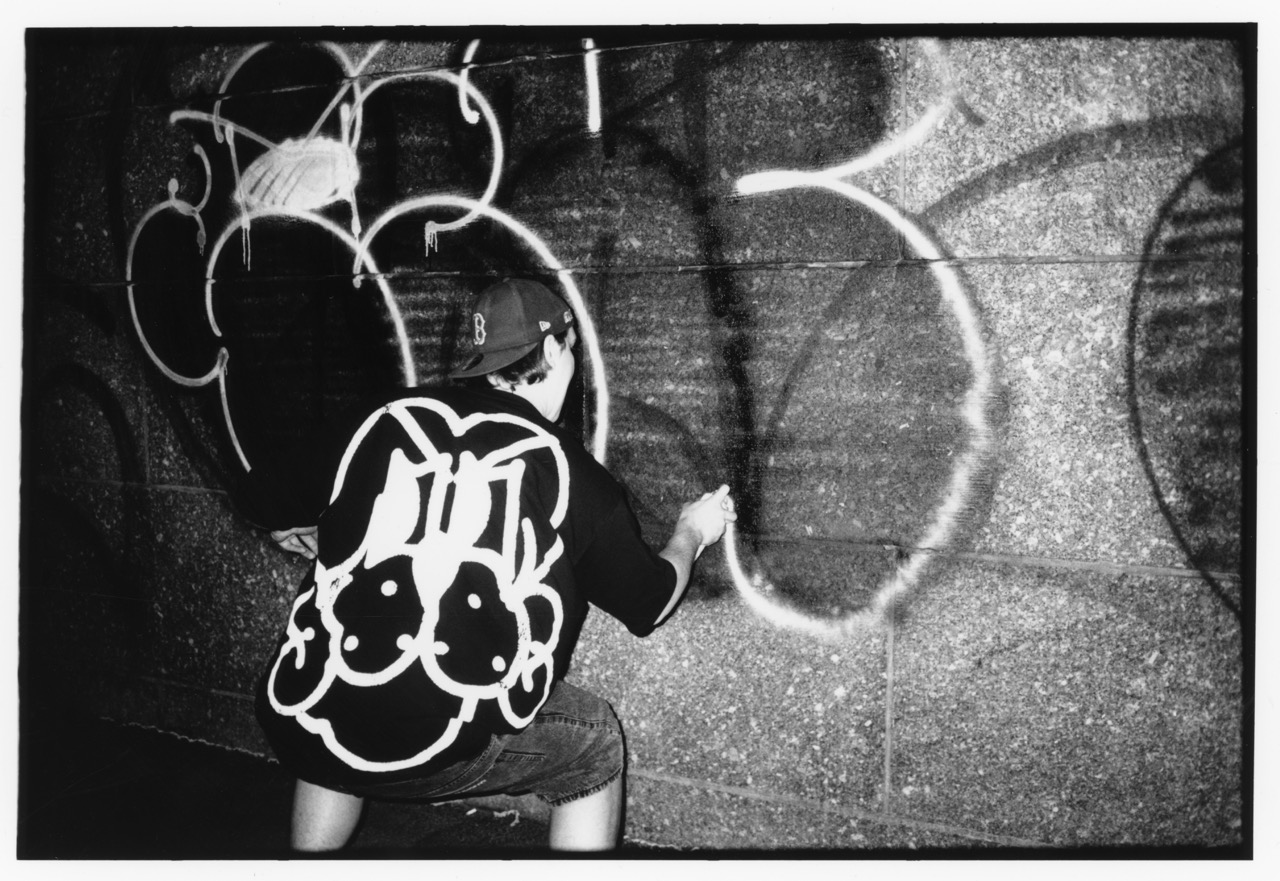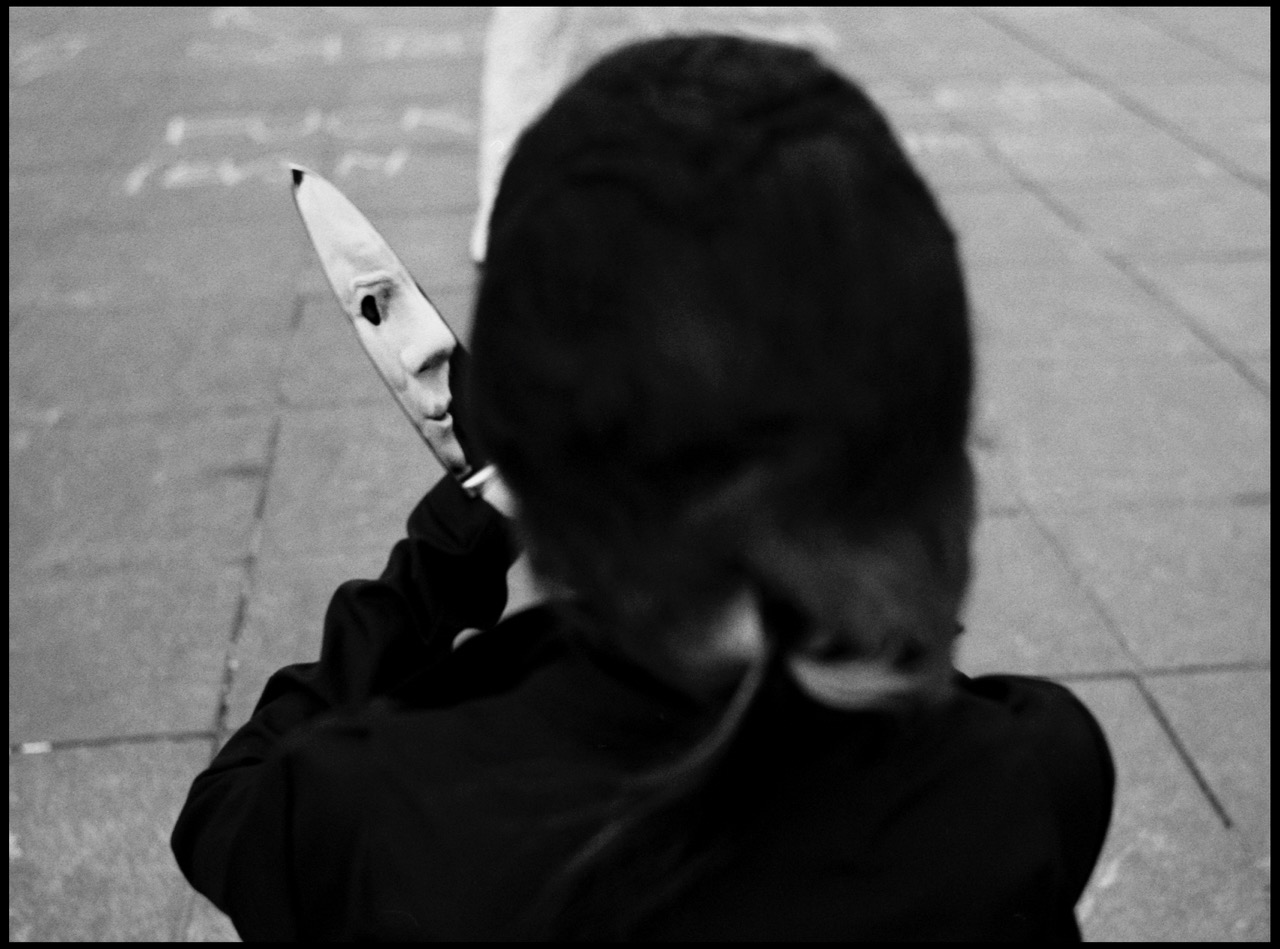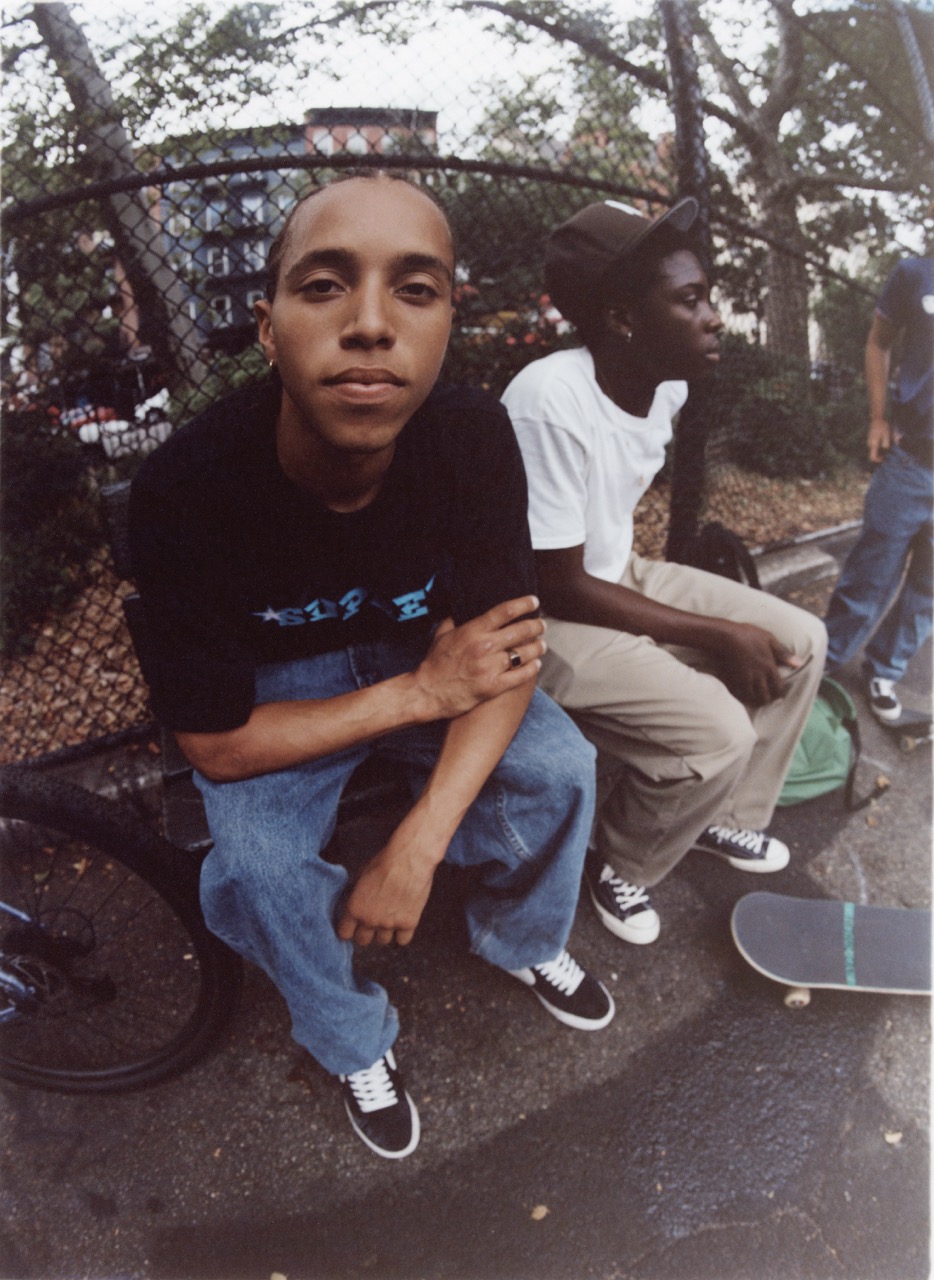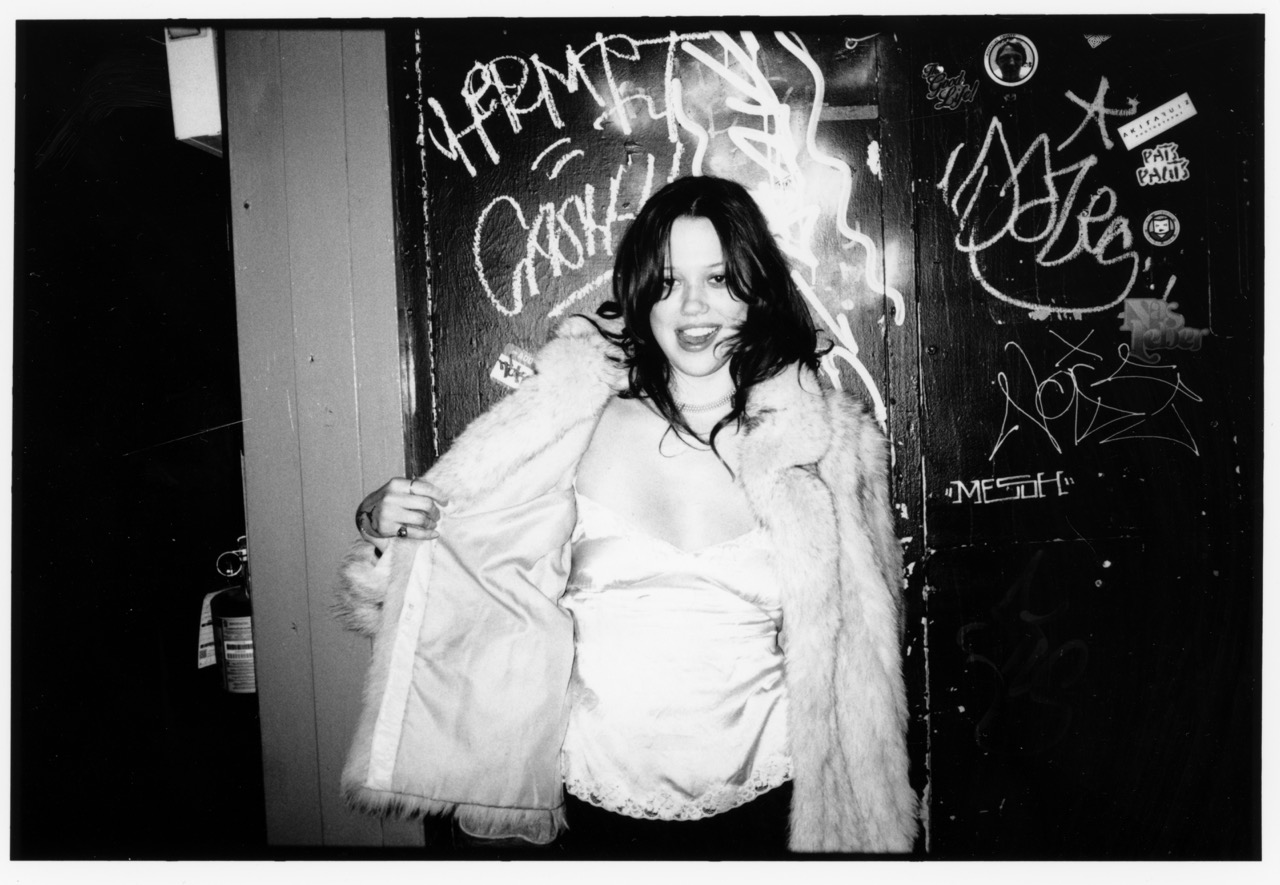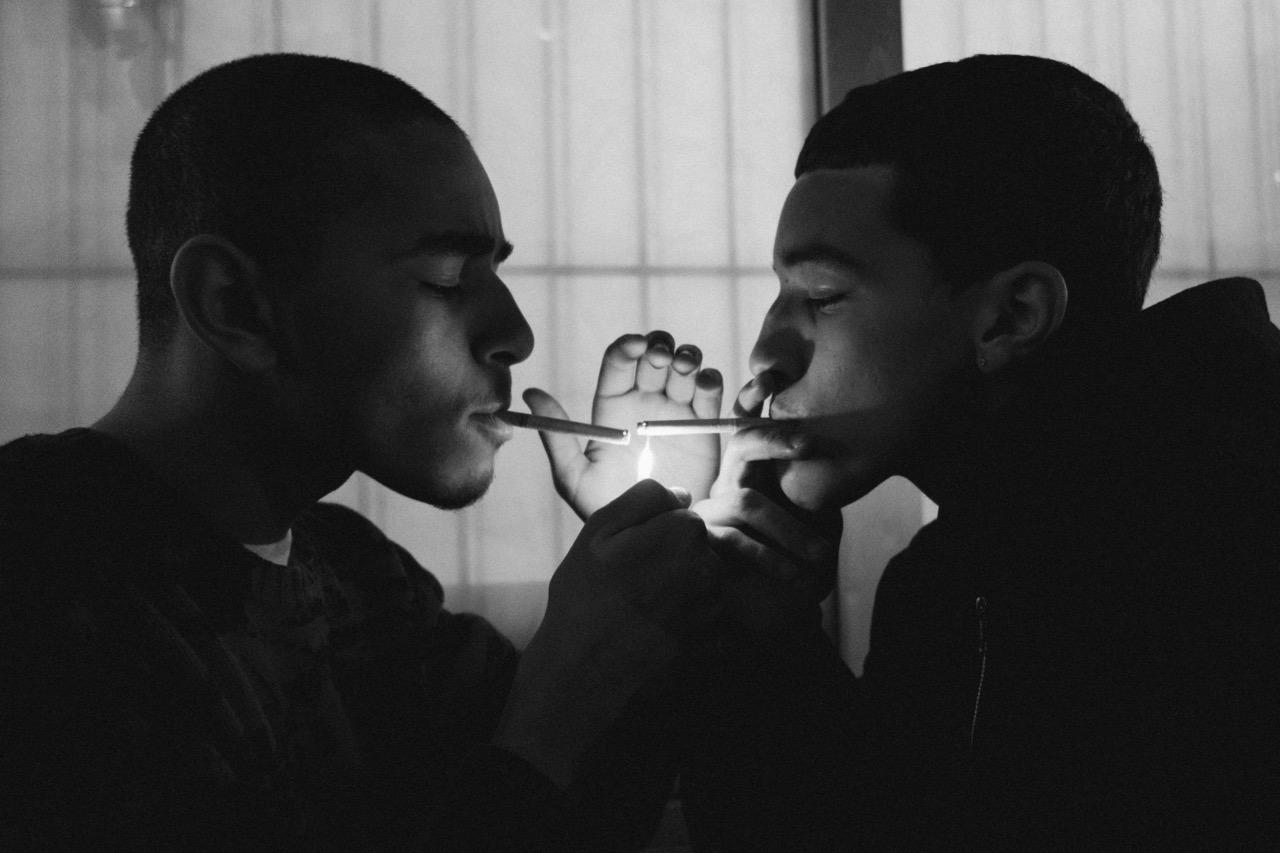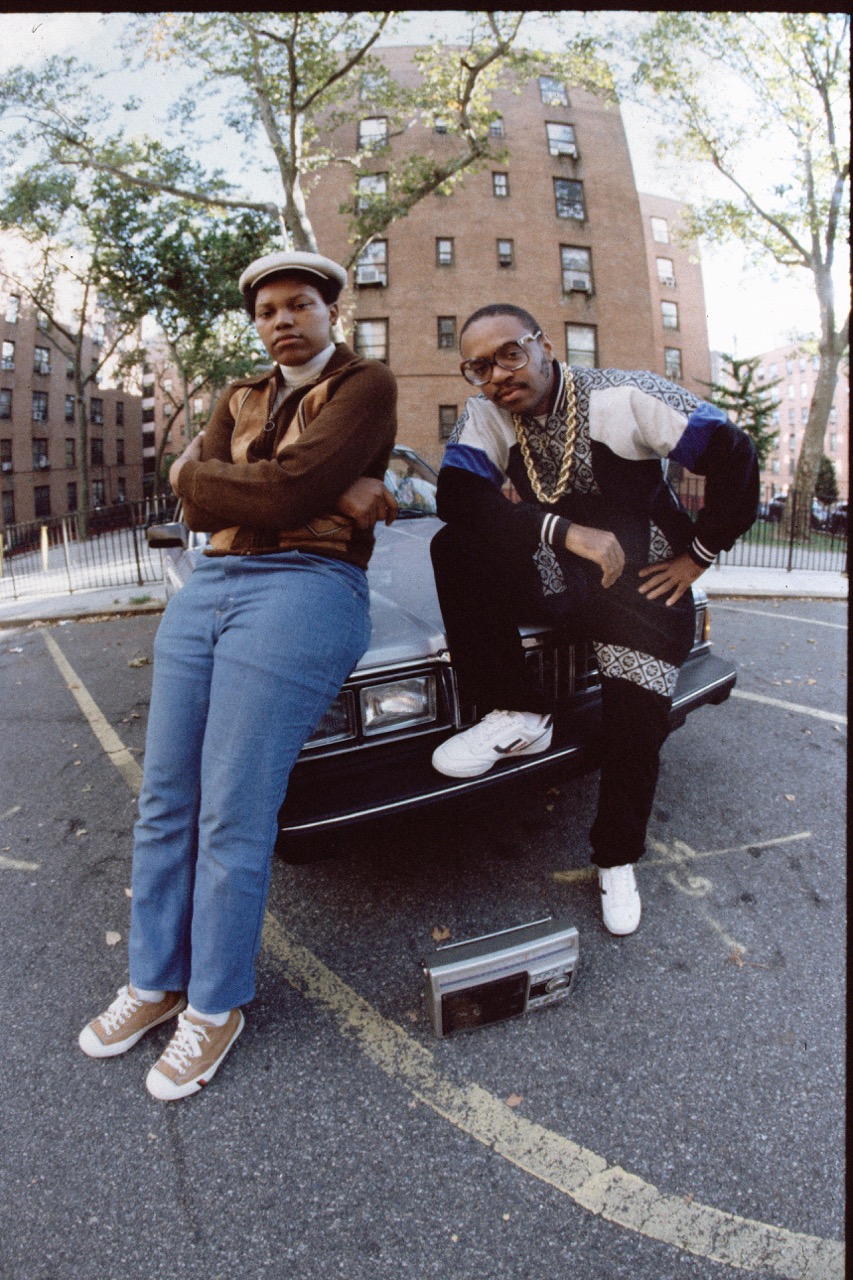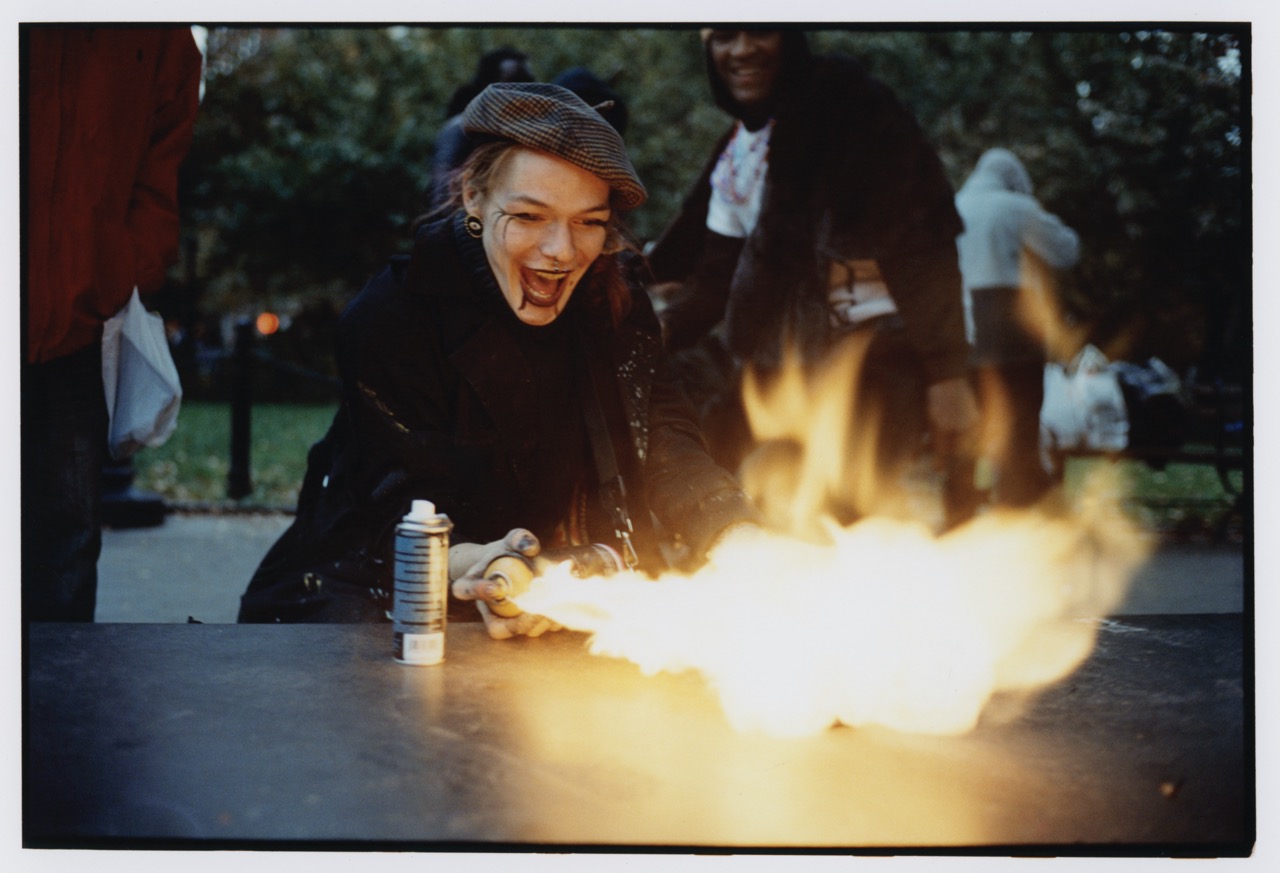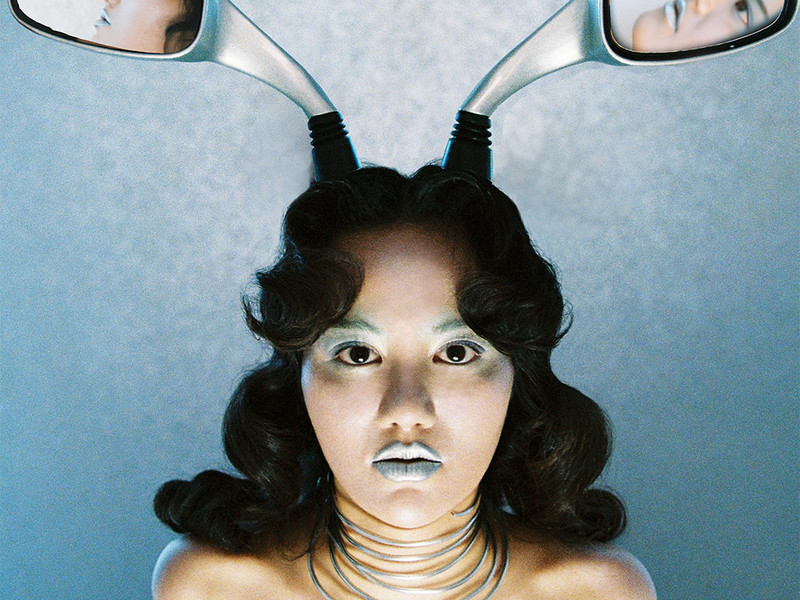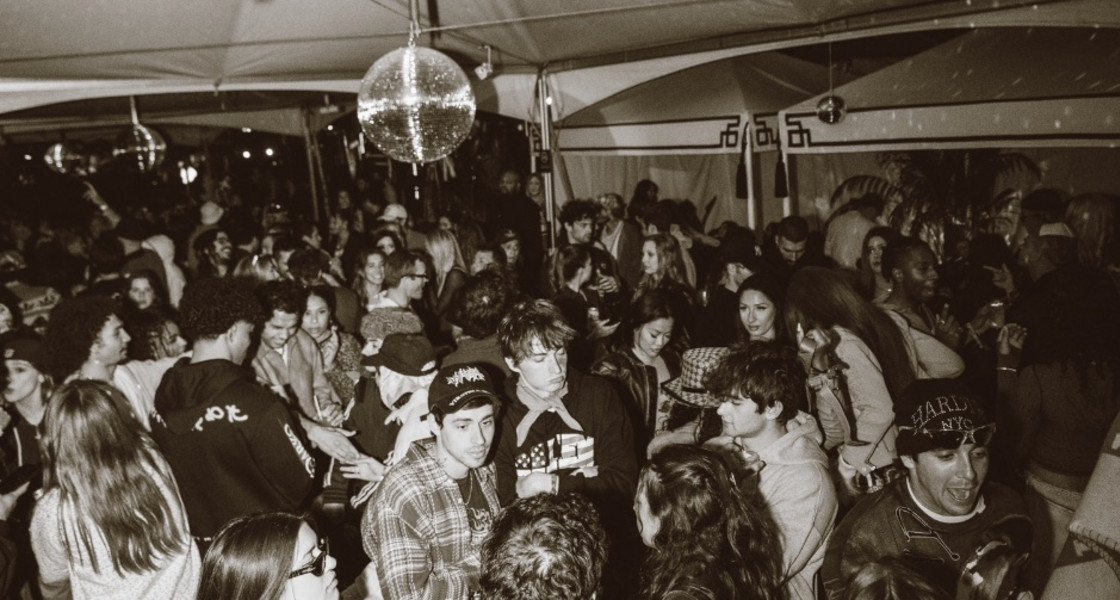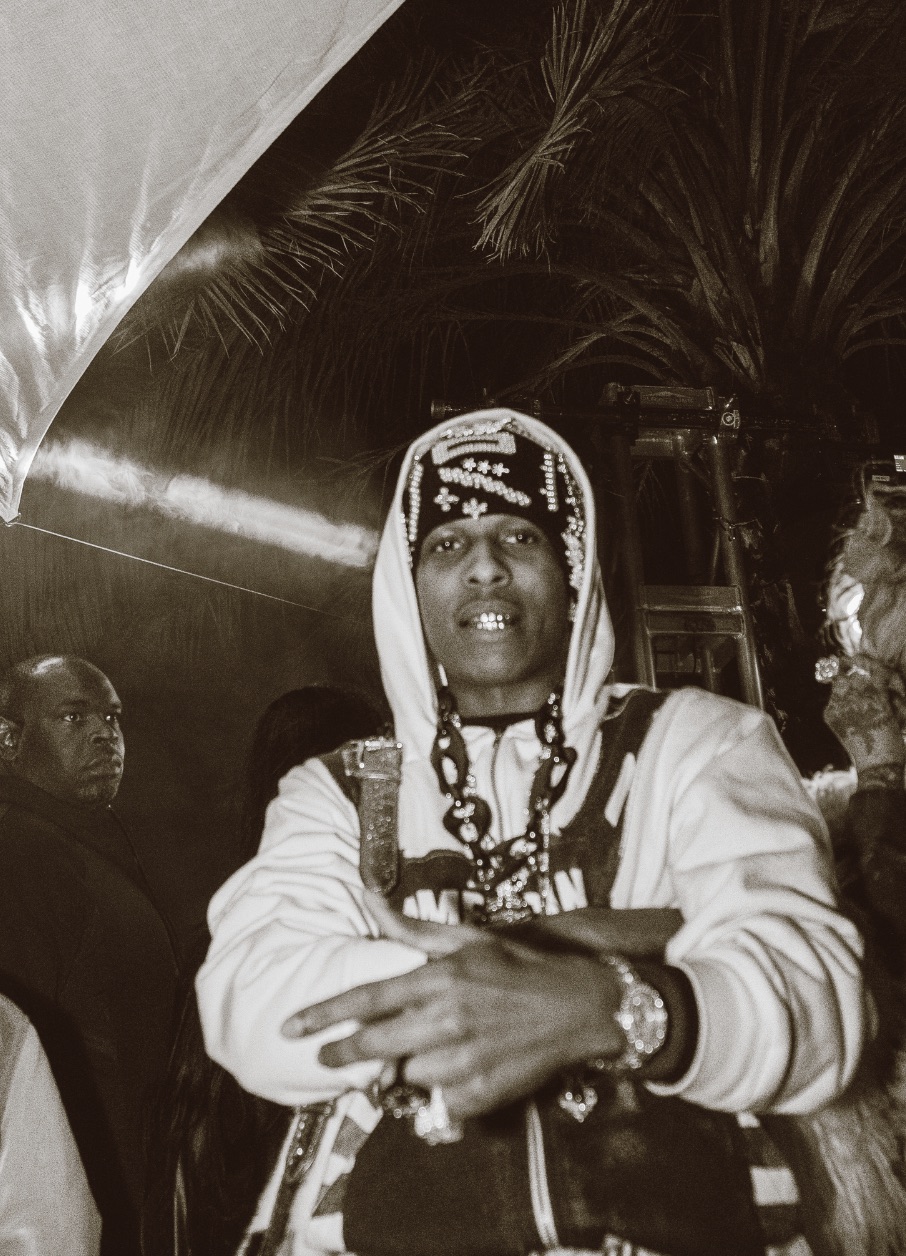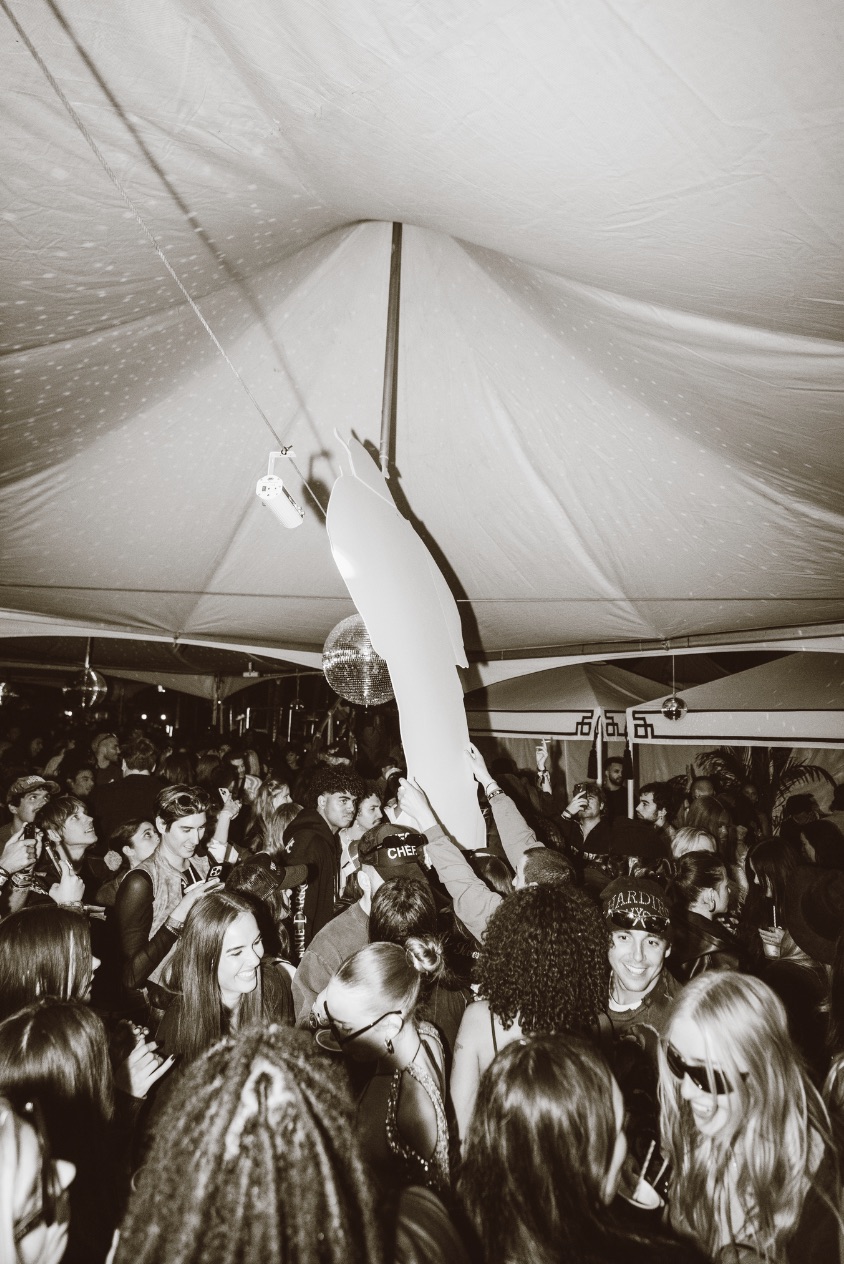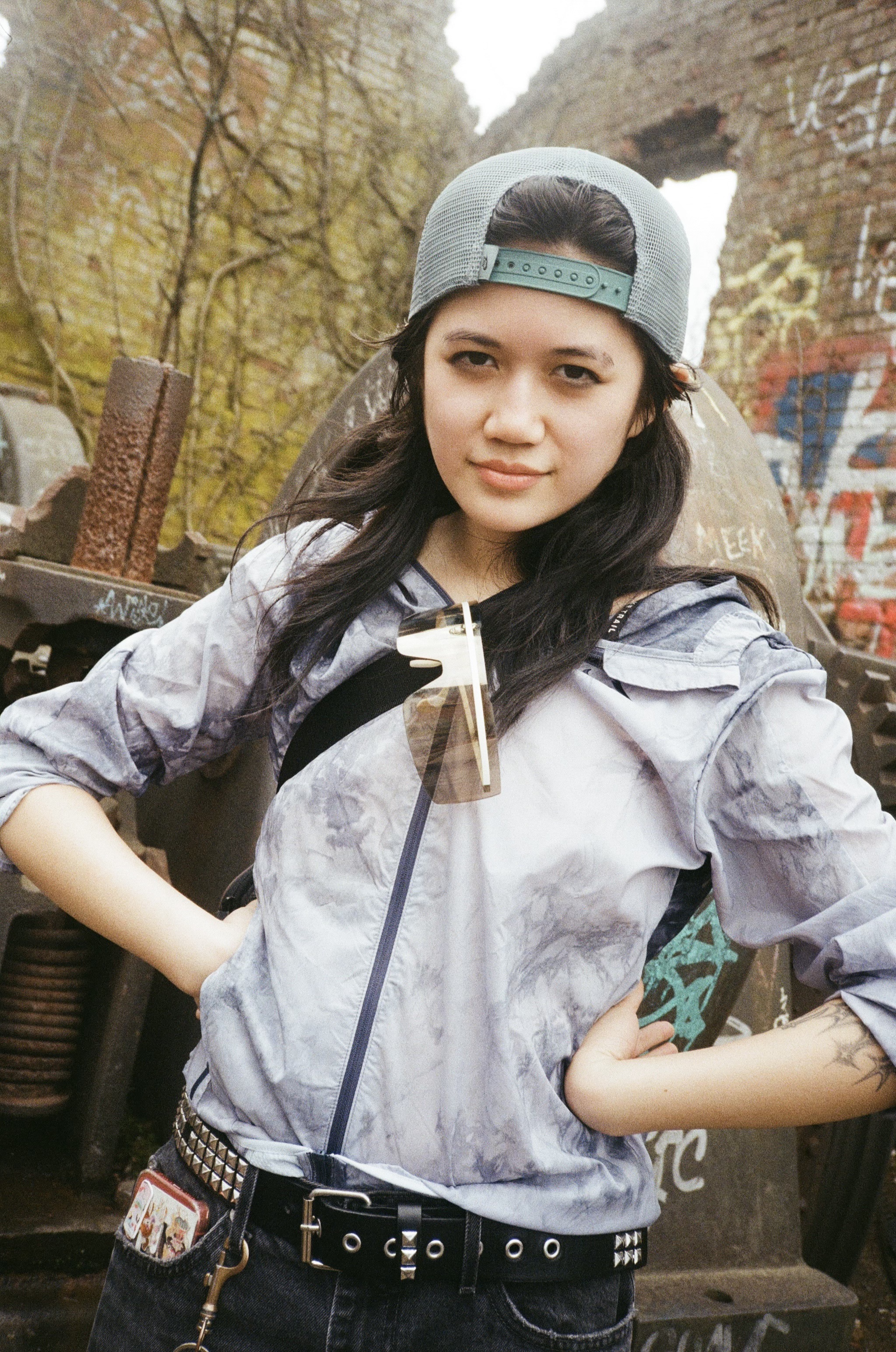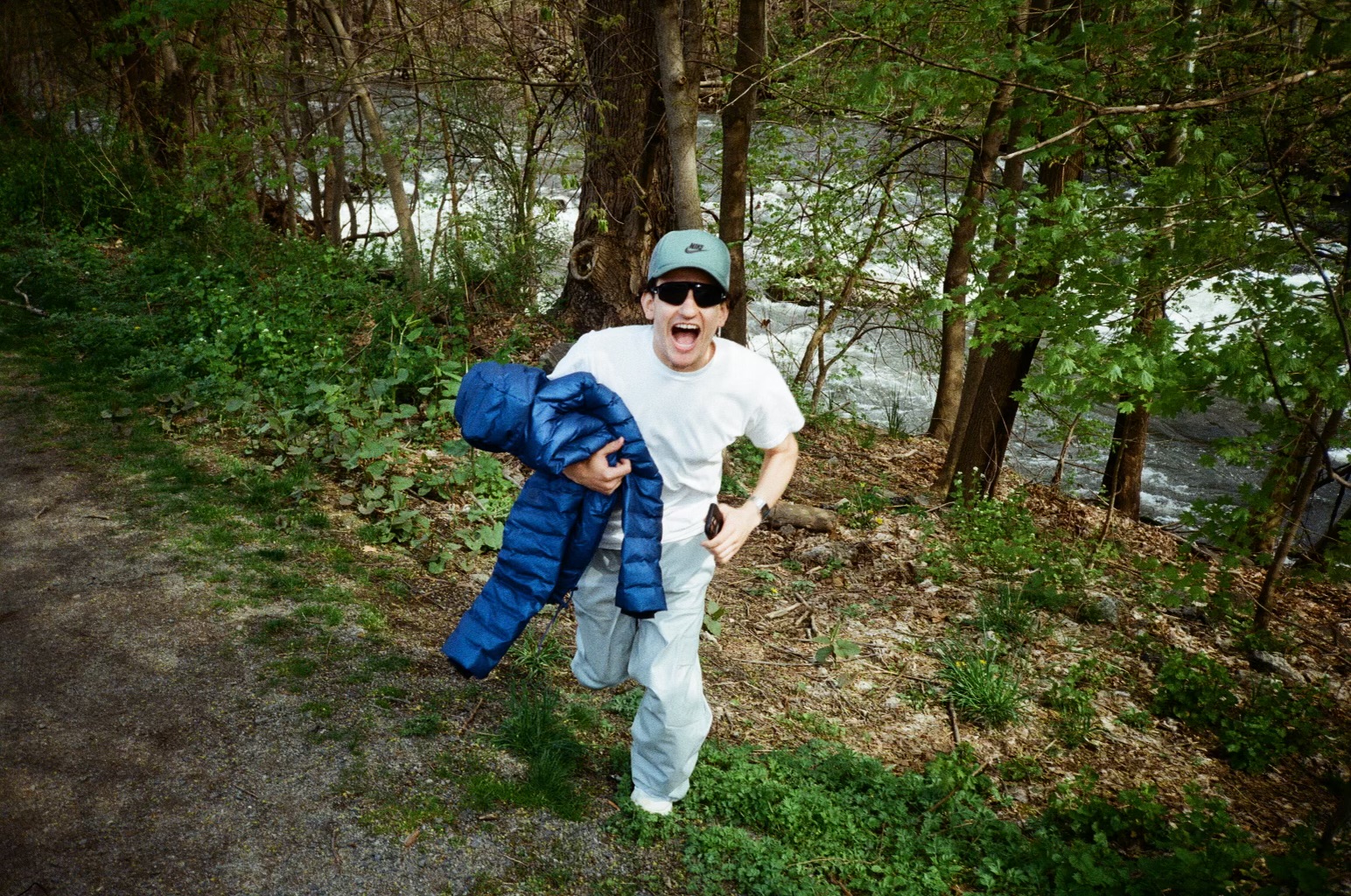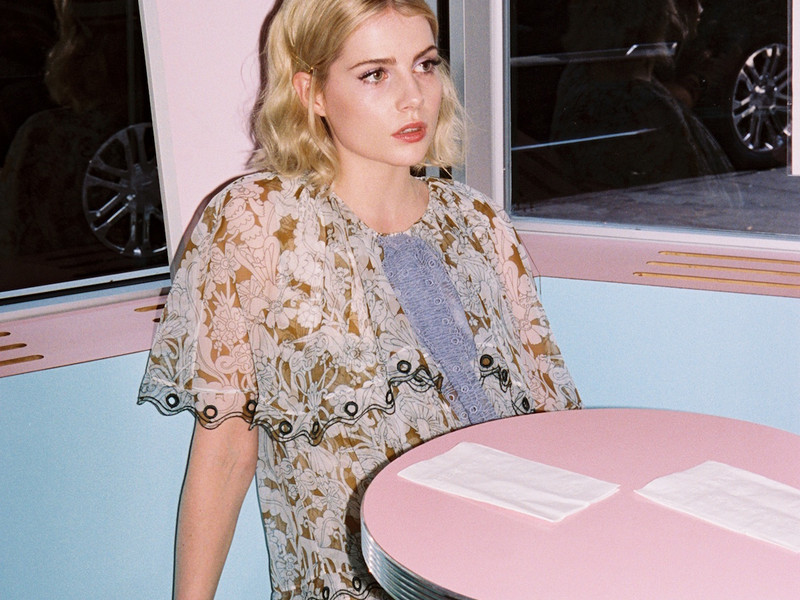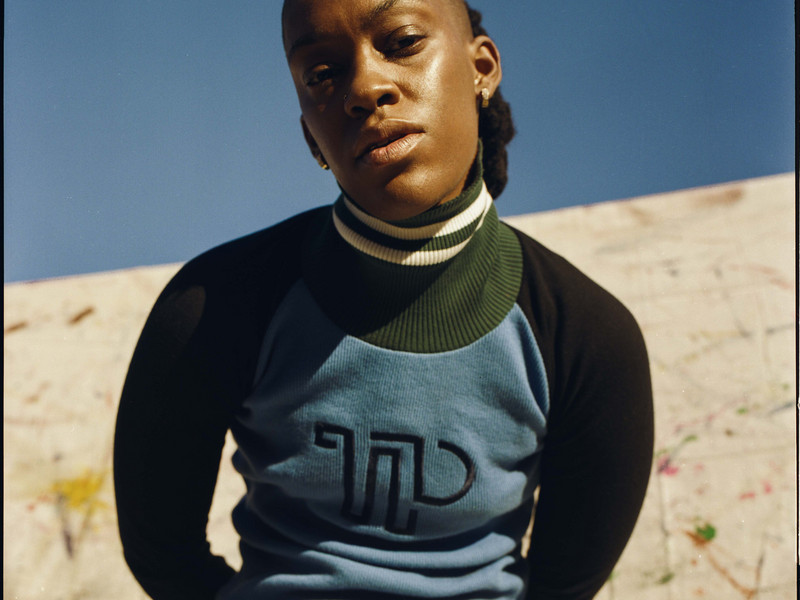The Barbies That Were Just Misunderstood
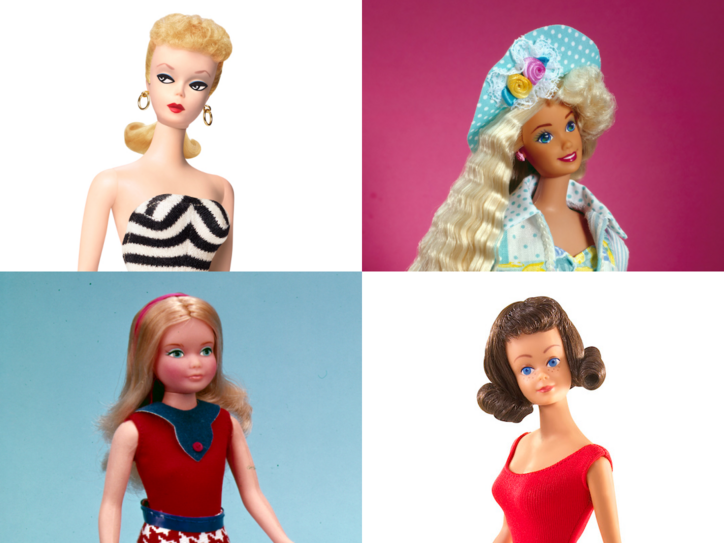
After watching the dreamlike blockbuster on the big screen, many audiences were introduced to some of Barbie’s most controversial dolls from decades past. Stereotypical Barbie and Ken are supported on-screen by forgotten dolls through history, in an effort to pay homage to the brand’s legacy — both good and bad. But does controversial always have to mean inherently “bad?” Perhaps some Barbies are just misunderstood.
It’s possible that some were ahead of their time. As Barbie is marketed towards primarily a young demographic, maybe some were targeted more toward children’s parents than the kids themselves. Either way, there’s much more to Barbie than perfectly blown-out blonde tresses and mini runway-ready get-ups. Some Barbies, like their human counterparts, are just a little weird.
In true office fashion, we have to recognize the Barbies that didn’t quite fit in. Introducing, the outsiders:
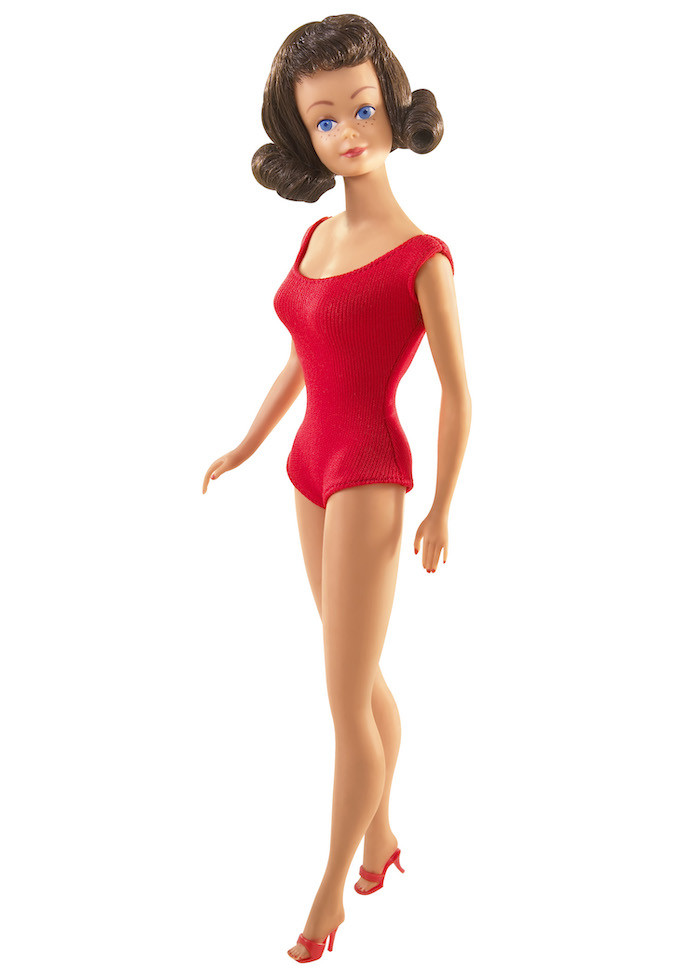
Midge
Let’s start with Midge — because, well, when speaking of Barbie and controversy, Midge may take the number one spot. Introduced in 1963, her full government name is Margaret Hadley Sherwood and she’s Barbie’s ride-or-die best friend. But, as mentioned previously, not every Barbie embraces maximalist hot-pink clothing and voluminous bouncy hair. Midge was launched as Barbie’s more relatable, down-to-earth foil, and when she first hit the shelves she was not pregnant. She was later reintroduced in the early 2000s with a detachable pregnant stomach that was aimed to educate children about parenthood and babies. And people had lots to say about it. Parents began to raise concerns about promoting teen pregnancy to their children and Midge’s production halted in 2002. Though I do believe Midge and her consequences were probably not fully considered before her release, it’s only fair to point out that more widely embraced “baby dolls” pretty much signify the same things that Midge does. And if you watched the Barbie movie in theaters, then you know Midge stood in as comedic relief for both her fellow cast mates and audiences. I found it a little dehumanizing that the pregnant lady became the butt of the joke, but at the end of the day…she’s not a human, she’s a doll. If Midge’s cheeky inclusion in the film demonstrates Mattel accepting its mistakes and reframing the narrative regarding its intentions, then I guess laughing our way out of it is the best way to do so.
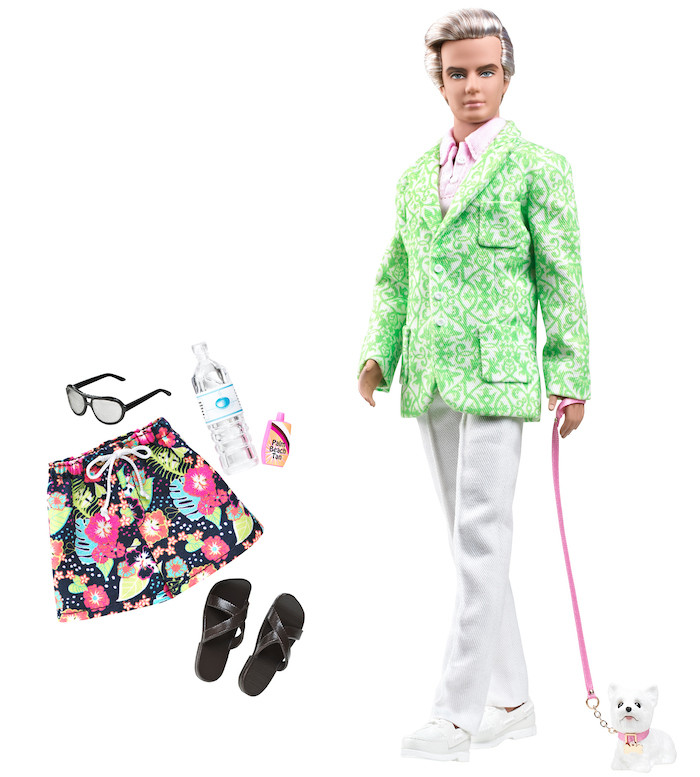
Sugar Daddy Ken
Oh, Sugar Daddy Ken. You surely were born in the wrong era. He was fashionable, he was chic, and he definitely knew how to have a good time. To set the record straight, Sugar Daddy Ken is nobody’s piggy bank. He’s just Sugar’s Daddy. Sugar, the cute West Highland Terrier, of course. Sugar Daddy Ken was created in 2009 as an homage to colorpop infused Palm Beach style. He displayed a neon green patterned sports coat atop a crisp pink button down with white slacks, and everywhere that he went his pint-sized puppy friend followed behind on leash. He experienced a short-lived three years on sale before he was shelved — and if I had to guess, I’d say his subversive name most likely bore the weight of that decision. Sugar Daddy Ken would probably do numbers now, so who knows if this is the last we see of him.
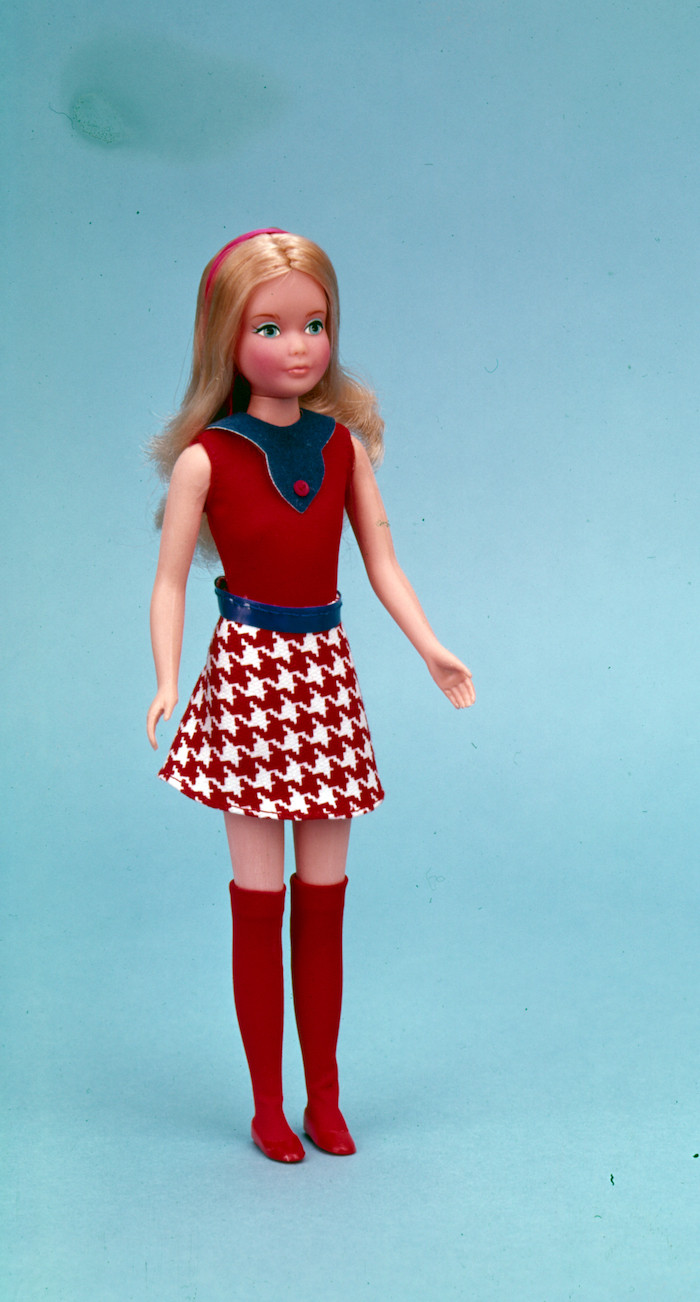
Growing Up Skipper
Stereotypical Barbie seemed to have it all figured out. We never saw her in her awkward stages because she had already navigated them with ease. But her younger sister, Skipper, didn’t have it so simple. Skipper first debuted in 1964, but after a few years in circulation, it didn’t really make sense that the youthful doll hadn’t grown up at all. So in 1975, Mattel created a Skipper doll that had the ability to mature in real-time: Growing Up Skipper. With a swift rotation of her left arm, kids could instantly watch as Skipper grew from a child to a teenager, signified by longer legs and larger breasts. I don’t have much to say in defense of this one. Maybe Growing Up Skipper made more sense on paper, but it’s just outlandish to try to prematurely teach children about puberty when they probably can’t even comprehend it. Let alone teach them that it can all be spurred instantaneously by twisting one’s arm. Growing Up Skipper only lasted until 1976, until she resurfaced once more to cameo in the Barbie movie as well.
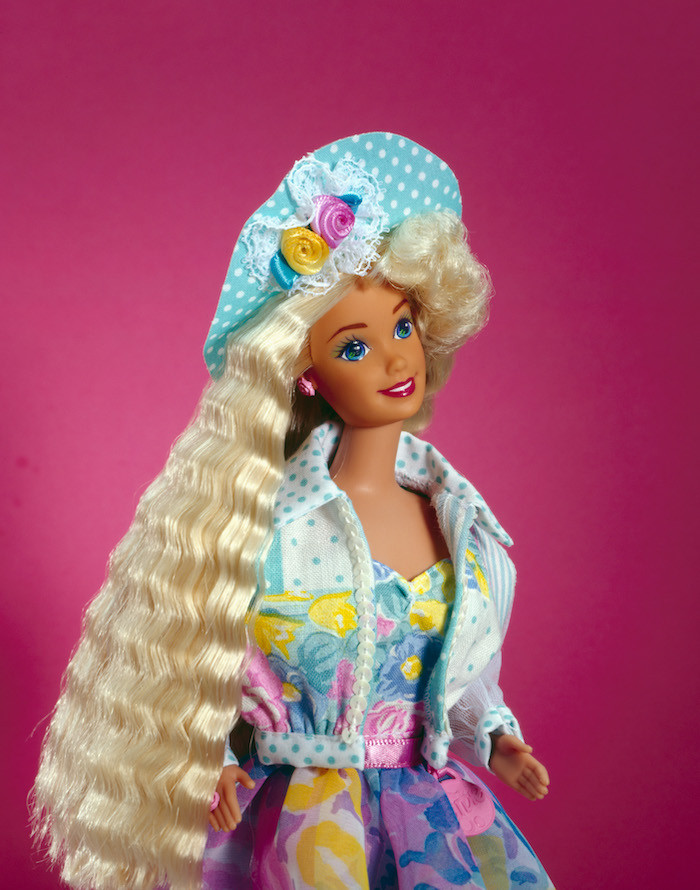
Teen Talk Barbie
In 1992, Teen Talk Barbie hit the scene. She was different than her predecessors because she fulfilled a wish that kids had been hoping for since Barbie's inception — she could talk! With technology on the rise in the early 90s due to the growing popularity of cellphones, Mattel possessed a new horizon of opportunity to grant to the Barbie world. Teen Talk Barbie came with a pre-programmed voice box that had the ability to spew out four distinct phrases from a 270-phrase catalog. Each specific Teen Talk Barbie came predetermined with its specific four phrases. While many shared sentiments about fashion or career aspirations, some of the dolls spoke the sentence, “Math class is tough,” which didn’t fare well with the general public, specifically educators. Audiences shamed Mattel for even alluding to the fact that math is not a natural or “easy” undertaking for women, and the company quickly removed the phrase from the doll’s library. Let’s be real. Math can be really tough — whether you’re a woman or not! But Teen Talk Barbie doesn’t need to degrade herself like that. I bet she ended up acing her math test and making it home in time to pick out her outfit for a Barbie soiree anyway.
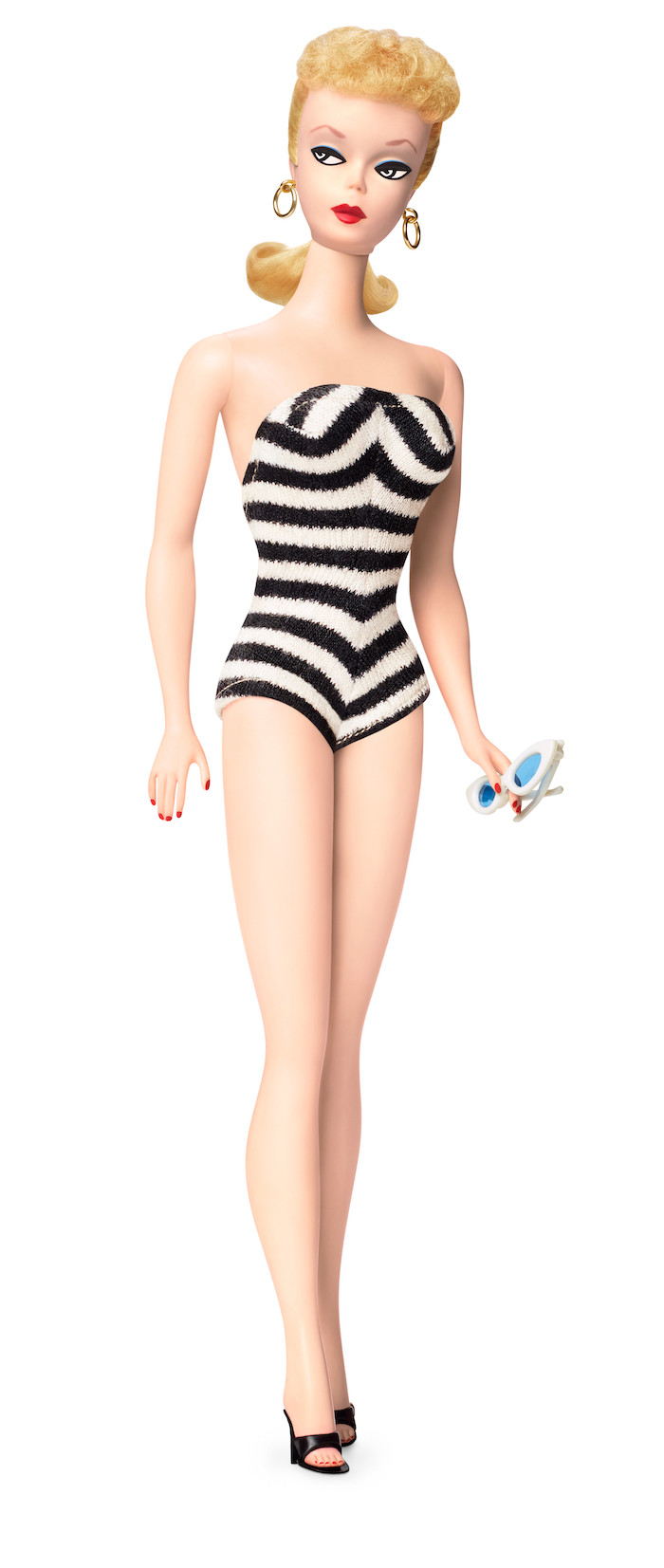
Sports Illustrated Swimsuit Barbie
Barbie has blazed a trail for what real women can become — and, in this case, vice versa. So why can’t Barbie grace the cover of Sports Illustrated too? This Barbie doll was originally created in 1959 but was repackaged and circulated in 2014 as SI Barbie. She spurred an outroar within consumers that believed the doll was “inappropriate” and further pushed unattainable body standards on women and girls worldwide. Sure, it’s a little strange to mimic a children’s toy after a supermodel, but it’s possible that Sports Illustrated Swimsuit Barbie was a role model to many. Like the many iconic Sports Illustrated cover girls and supermodels that shattered barriers in their respective industries — Tyra Banks, Heidi Klum, and even Kathy Ireland, who was photographed for a cover while pregnant — perhaps Sports Illustrated Swimsuit Barbie was an empowering symbol of reclaiming our beauty and presenting it on our own terms.
Totally Stylin’ Tattoos Barbie
And last, but definitely not least, we are graced by the presence of Totally Stylin’ Tattoos Barbie. In 2009, the iconic Barbie doll celebrated her 50th birthday, so to commemorate the day with a bang, Mattel released Totally Stylin’ Tattoos Barbie, a doll that could be inked up in exclusive stickers. This was, unsurprisingly, not a hit with parents around the world. Not only did TST Barbie come with sticker tattoos in different designs and shapes, but she also came with a mini plastic “tattoo gun,” so children could customize her themselves. This time Mattel didn’t fold so quickly — they actually released multiple other iterations of tattooed Barbies in the coming years. I remember multiple other 90s and early-2000s era toys that were infused with similar sentiments, such as Doodle Bears or just temporary tattoos, so Barbie wasn’t the first to experiment with this theme. Now, tattoos definitely carry less of a stigma, so maybe Totally Stylin’ Tattoos Barbie would be less taboo in today’s world.
